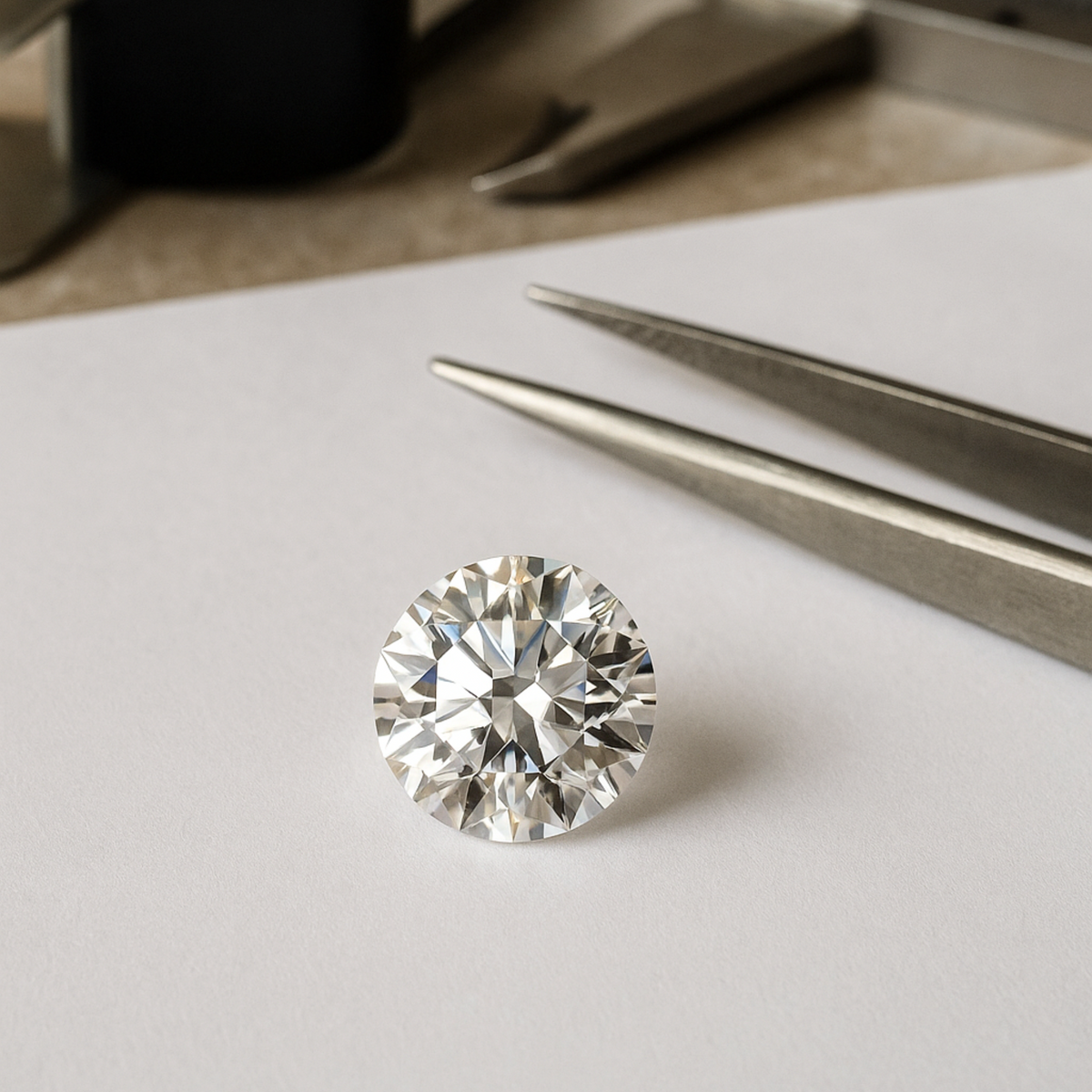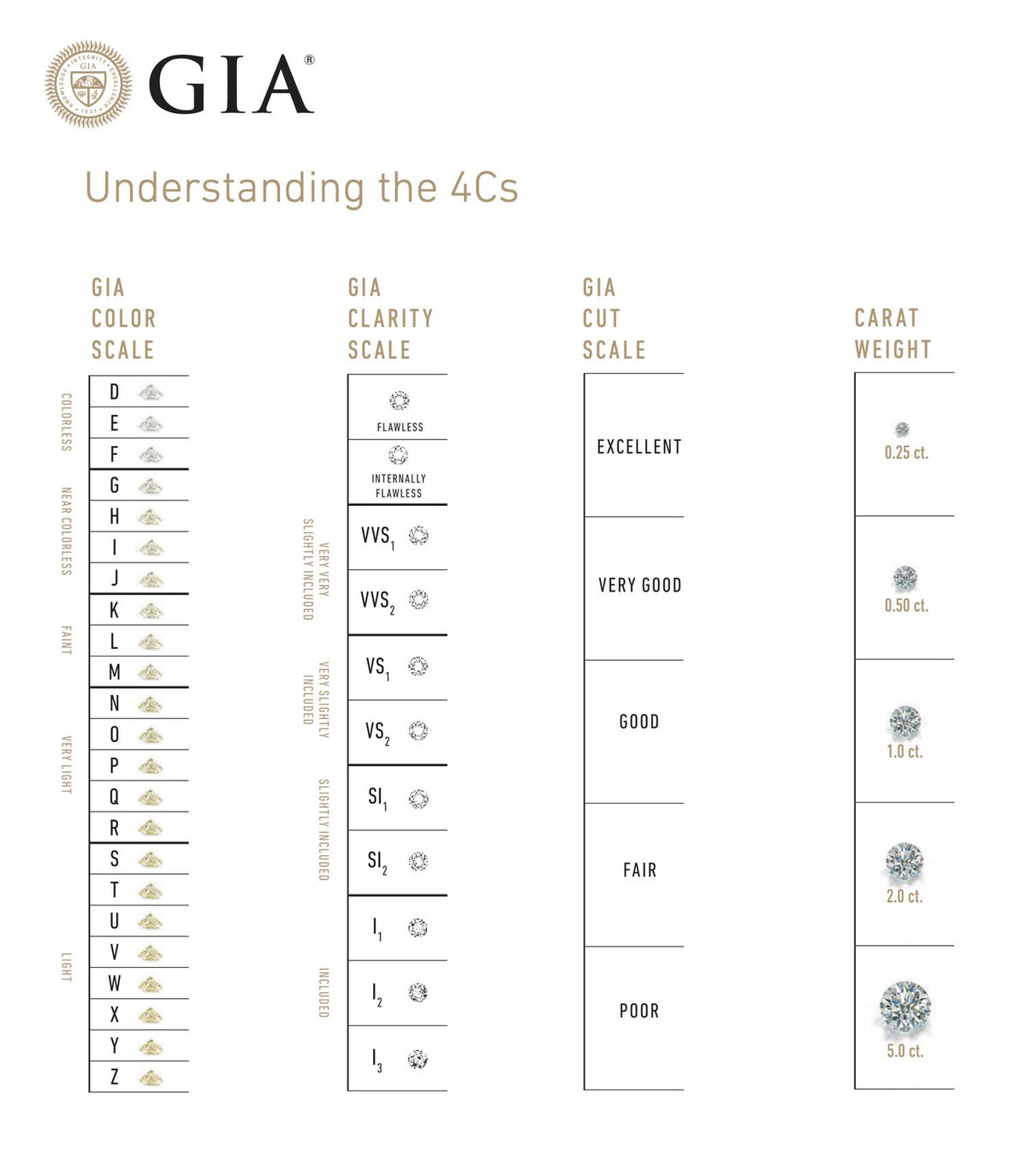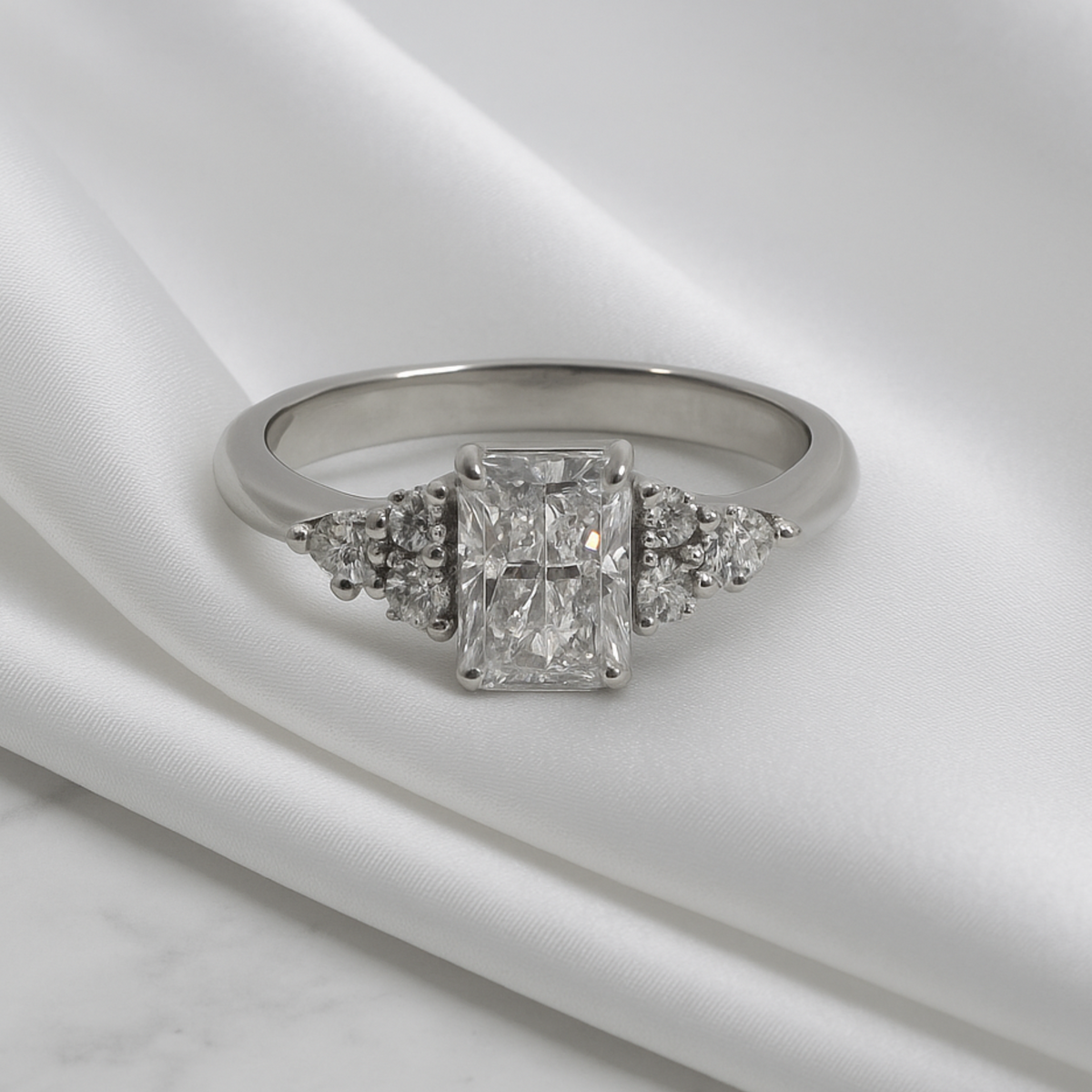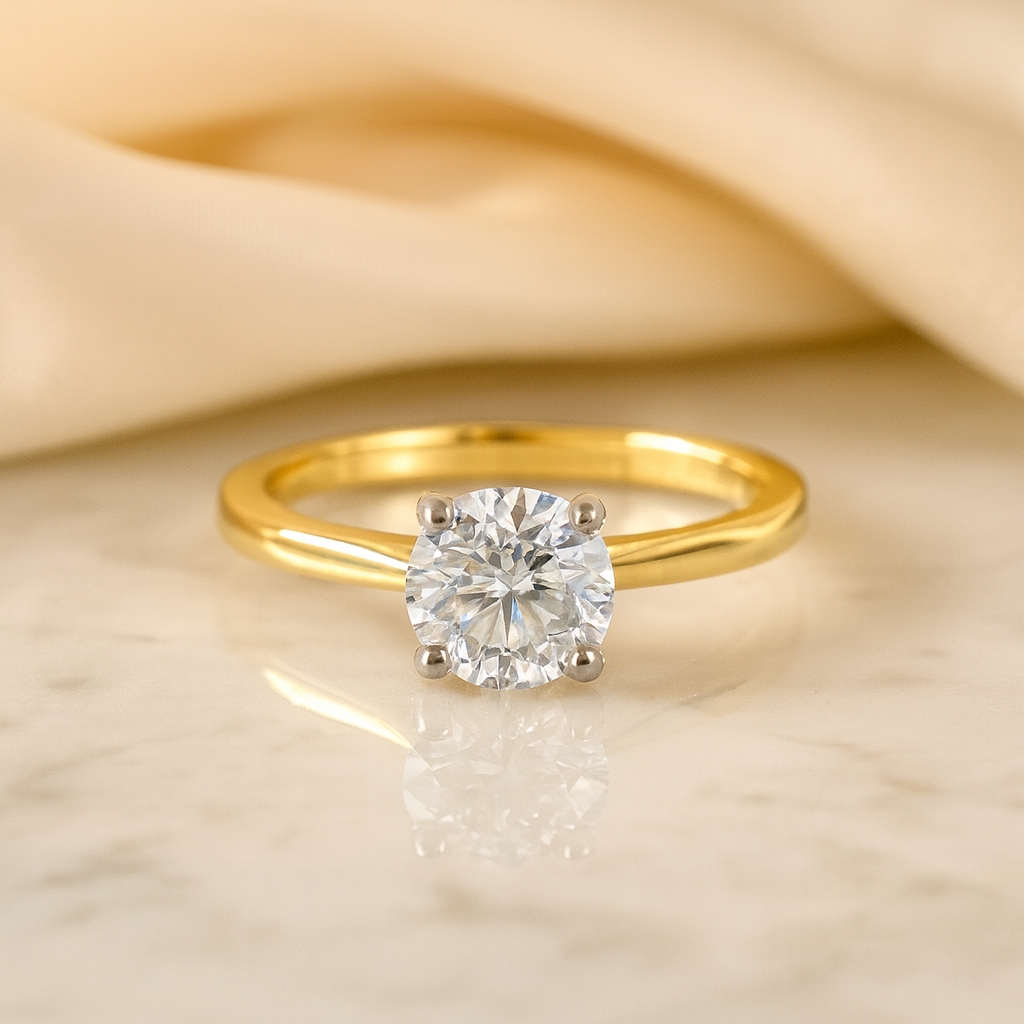The 4Cs of Diamonds
Choosing a diamond is a deeply personal and meaningful decision one that marks life’s most important moments. At Appleby Jewellers, we combine decades of expertise with a commitment to excellence, guiding you every step of the way. This guide will help you understand the key elements of diamond quality so you can select a piece that’s truly exceptional.
Every diamond is unique, but jewellers use four universal measures to assess their quality: Cut, Colour, Clarity, and Carat.





